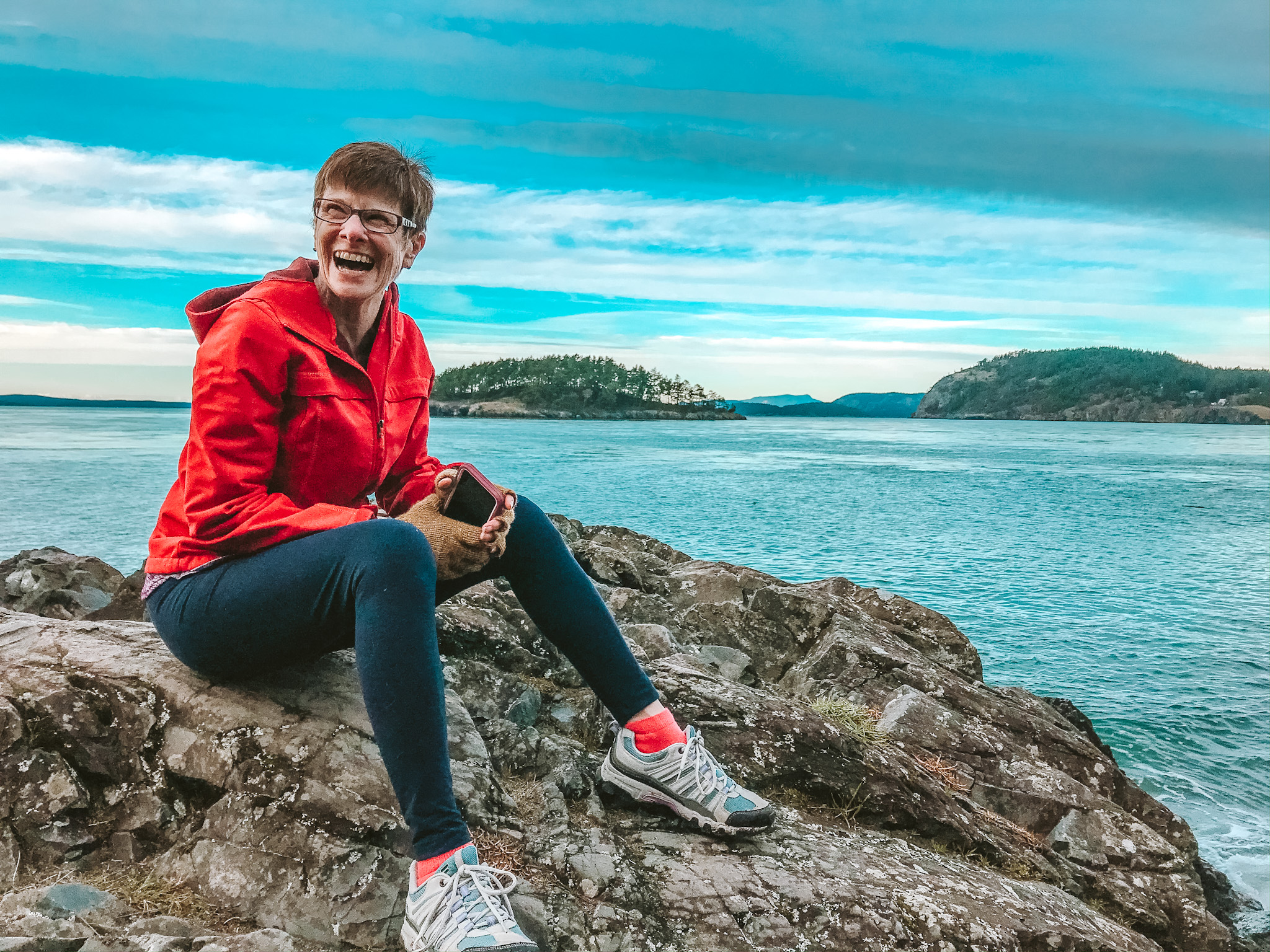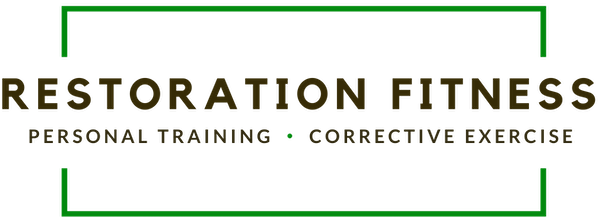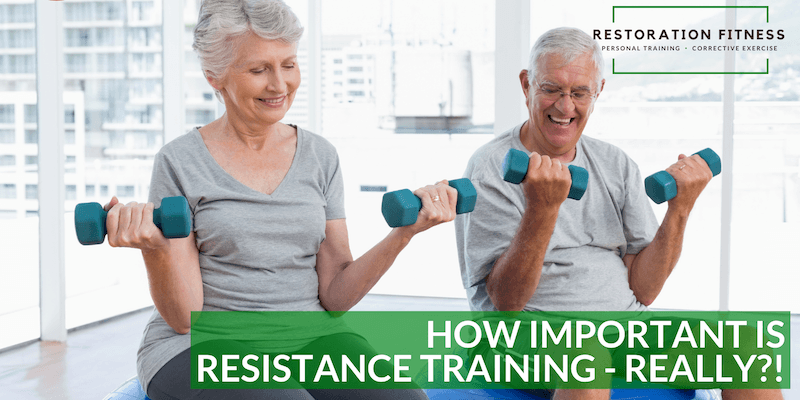Ok, I have an interesting walk down the memory lane of fitness trends I’d like to take you on. I was born in the 1950’s and distinctly remember proudly owning my pale green Hula Hoop. Hoops were first used by the ancient Greeks and Egyptians to hone agility. However, in an article appearing in the Washington Post by Caitlin Gibson, the American toy company Wham-O, sold more than 25 million Hula Hoops in a few months in 1950! Ah, the promise of fitness! Not to leave the 1950’s to only witness the rise of Hula Hoops, adults were also diving into another fitness trend, Vibrating Belts! Remember seeing folks in movies from that era standing inside a loop that delivered vibrations into someone’s mid-belly? This craze lasted through the 60’s until it became clear that fat isn’t lost through vibration and a towel around your neck.
Though the gym culture started in the 30’s by an icon of fitness, it took several decades to blossom into popularity. Who was the founding father of fitness for the masses? Nonother than black bodysuit-with-a-clip-belt wearing, Jack Lalane. I witnessed my mother, posed in front of the television with tennis shoes on her feet, following Jack Lalane’s tv exercise show. Three decades later, the first Gold’s Gym opened in Venice, California by Joe Gold. In the 1980’s gyms expanded into corporate centers appealing to men and women in locations such as 24-Hour Nautilus, now 24-Hour Fitness, and LA Fitness.
Spandex!
The late 60’s brought headbands, tights, music and Jazzercize, Jane Fonda, and curly-haired Ricard Simmons in shorts. The fitness culture shifted in the 80’s away from gyms to a focus on home exercise equipment. Consumers considered smaller options like the ThighMaster by Suzanne Somers, to larger offerings like Nordic Track and Bowflex systems.
Take a Spin
In 1989, South African cyclist Johnny Goldberg fashioned his first stationary bike to train for racing during the rainy season. Momentum exploded from exposure and Goldberg opened his first Spin Center in Santa Monica in 1990.
CrossFit
In the 2000’s CrossFit Boxes made its debut in Santa Cruz by high school gymnast Greg Glassman and his wife, Lauren. Worn truck tires were suddenly repurposed into fitness tools!
Grunting athletes seeking strength, performance excellence, and significance inside the Box 4 walls were dedicated to methods for only the most committed. Each participant challenged their capabilities and athleticism, and proudly earned their right to be part of the CrossFit Tribe. It seemed the more extreme promised greater returns.
Wearables?
Bill Gates could not have envisioned his original desktop computer refined and reduced in 2016 to a computer to wear on one’s wrist. Now tracking the daily number of steps taken, pulse rate, blood oxygen levels, overall activity calories and a reminder to get up and move every 45 minutes are routine.
Technology has brought a snapshot of fitness metrics to the wearer. Apple Watch, FitBit, Jawbone Up and more have been tapping on the wearer’s wrist to get moving.
We’ve Come a Long Way Baby!
Each decade brought methods that promised the user greater strength, confidence and vitality. Consistent movement improves the quality of our life. This is notably true when based on proven methods delivered in strategic programming. Each name we visited above were doing their part to urge us to move more to win in the field of wellness. Science and fitness trends have proven loud and clear, it’s not just cardio that gets us stronger and more resilient.
You’ve Got to Pull Your Weight
Let’s get honest, 2020 has been tough on people in many ways. Wellness and Immunity are on the lips of many. The long-term distancing in 2020 has led to weight gain and a worsening of chronic illness for many. People are actively seeking solutions to fatigue, their Pandemic 15 and more. For example, Peloton’s stationary bike is running a backorder of 11 or more weeks despite its list price of $2245. However, a critical part of the solution to greater wellness resides in the power-packed solution, Resistance Training!
But What, How Much, How Often
A position paper was recently published in the Journal of Strength and Conditioning Research, supported by the National Strength and Conditioning Association. Numerous researchers formulated recommendations particularly important for the actively aging adult. Aging without chronic illnesses leads to many biologic changes resulting in loss of muscle mass, strength and function. This results in an increased risk for catastrophic falls, loss of independence and diminished hopes for a vital lifespan. Resistance training can reverse the trend!
Muscle mass, strength and function can be regained, even much later in life. Chronic illnesses can be improved, medication requirements decreased, psychological wellbeing and quality of life improved. However, active aging adults often avoid resistance training out of confusion, fear and or an attitude of ageism by individual fitness professionals that sometimes view aging adults as weak, frail or unrewarding to work with. Resistance training benefits anybody at any age. But the strategies that work for a 30-year-old body need to be modified for an 88-year-old athlete.
I cannot emphasize enough the importance of choosing an expert in Active Aging Fitness! I have served the over-50 adult for over 30 years. I continue to study exercise science and methods to train the actively aging adult. Why? Because my passion is to make the second half of your life your best half!
This is an important goal and drives me to design individual fitness programs that will help you stand tall, independent and excited about living. Frailty falls and loss of independence do not have to be your future. Your future awaits and I stand ready to help you be fit for the trip!

I’m Mary Draper, Certified in Applied Functional Science through Gray Institute, also a NASM Personal Trainer, ACE Functional Training Specialist, Pain Free Movement Specialist Level 2, and hold the AEA Water Exercise Certification. I have been in the fitness industry over 30 years, training adults in water and on land.

